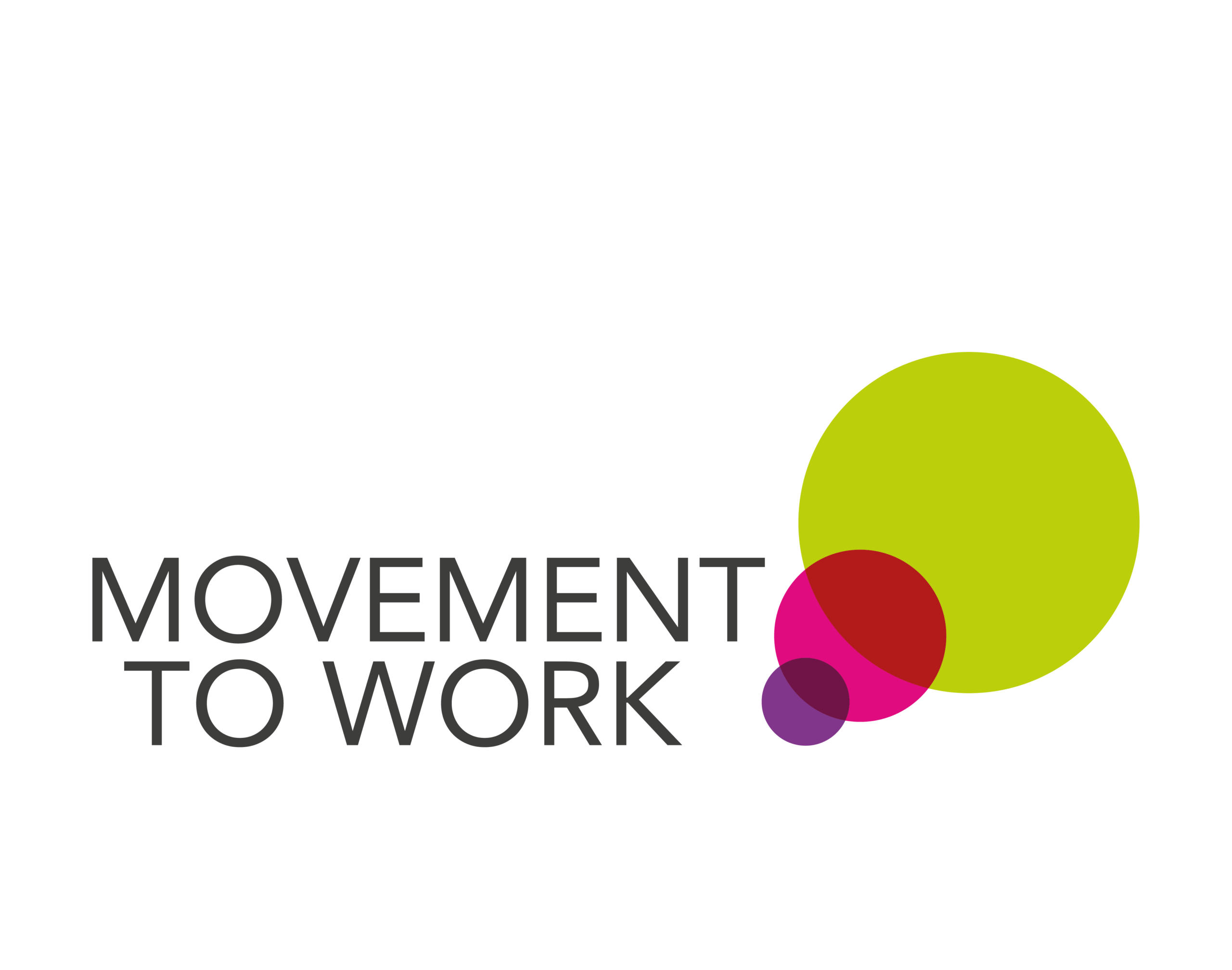There were 502,000 young people aged 16 to 24 who were unemployed in November 2023 to January 2024, an increase of 21,000 from the previous year.
The unemployment rate (the proportion of the economically active population who are unemployed) for 16 to 24 year olds was 12.1%. This is up from 11.1% the year before.
The number who are economically inactive (not in or looking for work) increased by 248,000 compared to the previous year, to 2.96 million.
Read more here.










